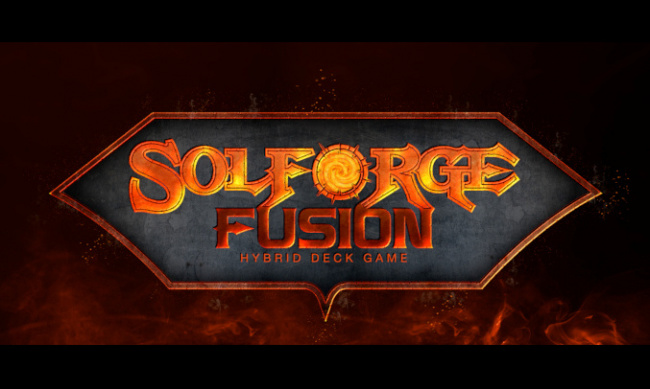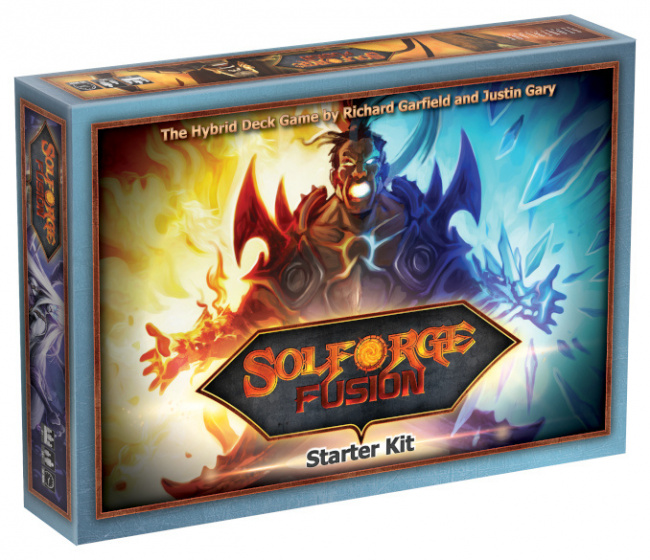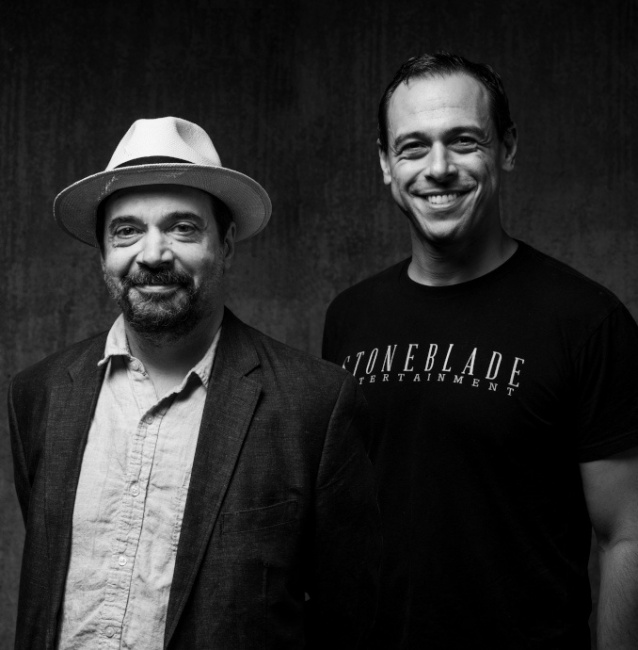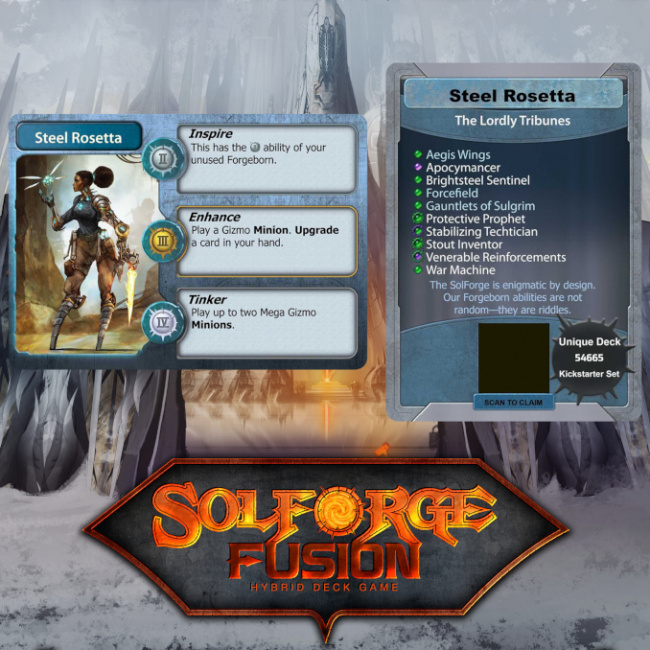Sponsored. SolForge Fusion began more than a decade ago when Richard Garfield and I met at the PAX Dev conference. Richard is the legendary game designer who created Magic: The Gathering, a game that changed my life.
In 1997, I won the Magic US National Championship. My winnings allowed me to pay my way through college and travel around the world playing Magic. The skills and friendships I built eventually helped me launch a career in game design. Since then, I’ve worked on games like the World of Warcraft Miniatures Game, the Marvel Vs. DC trading card game, and my own deckbuilding game, Ascension.
In 2011, I attended one of Richard’s talks on design. At the end of the talk, someone asked Richard what his favorite game at the time was, to which he replied, "Ascension." I involuntarily leaped up from my seat and shouted, "Woohoo!" to the amusement of the audience. After the event, I took the opportunity to meet up with Richard and talk about design.
Our conversation circled around one question: What’s next in the evolution of gaming?
Our answer: digital trading card games. More specifically, SolForge. This was in 2011, before the era of Hearthstone and Magic Arena, so it was a relatively new space for design.
We started by creating SolForge’s unique three-level system, where cards level up as you play them, creating a unique gameplay experience where you get to customize your deck both before and during play.
SolForge’s Kickstarter launched in 2013, nearly doubling our funding goal—a huge success. The game ran successfully for four years before being sunsetted in 2017.
Since then we’ve been looking for a way to bring back SolForge, but neither Richard nor the team at Stone Blade believed that a straight relaunch was the correct plan. Back in 2011, SolForge was "the next evolution in digital card games," but ten years later we were worried it was “just another digital card game." If we were going to bring back SolForge in a sustainable way, we had to return to the question that started it all: "What’s Next?"
It was one of Richard’s other designs, KeyForge (no relation), that sparked the idea for the next iteration of SolForge. Based on advances in digital printing technology, it is now possible to make custom cards and decks, something that would have been impossible even a few years ago.
In KeyForge, the decks were pre-generated and 100% unique. This meant that no two players would have the same deck, completely upending decades of trading card game tropes, where players would often copy whatever "netdeck" was winning that month.
I started to imagine what else could be done to leverage this new technology. In other words, "What’s next for digital printing technology?"
The result, SolForge Fusion, is the best of both worlds, giving players the option to customize their deck but still ensuring every player’s deck is 100% unique.
SolForge Fusion is the world’s first Hybrid-Deck game, a game where players combine different unique half-decks to customize their play experience.
SolForge Fusion goes beyond just digitally printing unique decks, but also uses a unique algorithm to digitally create the cards themselves. By "Fusing" two card halves together, SolForge Fusion will have over 17,000 possible cards in our first set alone (more than was created in the first twenty+ years of Magic: The Gathering!), with more unique deck possibilities than there are atoms in the universe.
Creating a world that players can endlessly explore, discovering new combinations and new cards for years to come is a dream come true for me. My goal was to recreate that feeling that you used to have opening up a new pack of cards before you knew what the set contained. Now new cards are uniquely numbered, so you know how many exist in the world. And even after printing over a million decks, there are still thousands of number 1s left to be discovered. Join us on September 22 in this discovery process by contacting your distributor today!

By Justin Gary
Posted by Sponsor on August 25, 2022 @ 4:19 am CT





